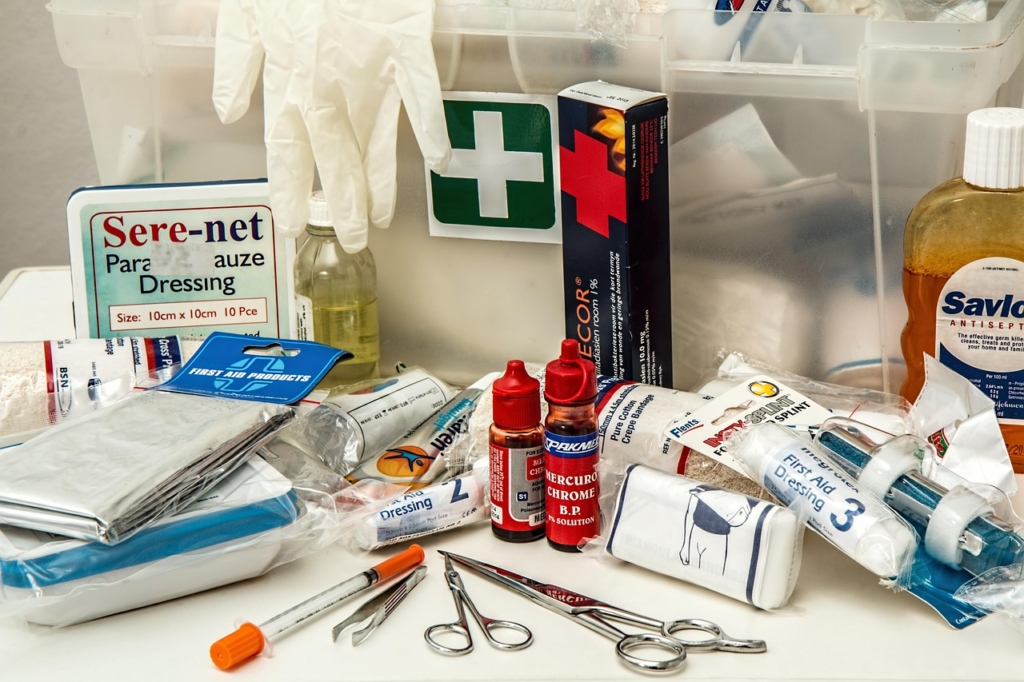
September is National Preparedness Month, so officials are recommending steps residents can take to prepare for an unexpected disaster.
1) Get informed: Know what disasters could potentially affect the area and follow trusted sources such as the National Weather Service to keep abreast of any danger.
2) Build a kit: Ensure you have essentials available, including water, non-perishable food, a first-aid kit, radio, flashlight, batteries and manual tools.
3) Make a plan: How will you evacuate your home or workplace if necessary? How will you communicate with your family members, and what is your designated meeting place if you become separated? What are the immediate needs of your children, pets or elderly relatives? Make sure your family knows the answers to these questions.
4) Get involved: Emergency responders may be spread thin in a major emergency, so a tightly knit community is more resilient during a disaster. Be active in your community and consider learning life-saving skills such as first aid or CPR.
The federal Department of Homeland Security and FEMA have teamed to provide resources. Check out their toolkits and subscribe to their newsletter online at ready.gov
